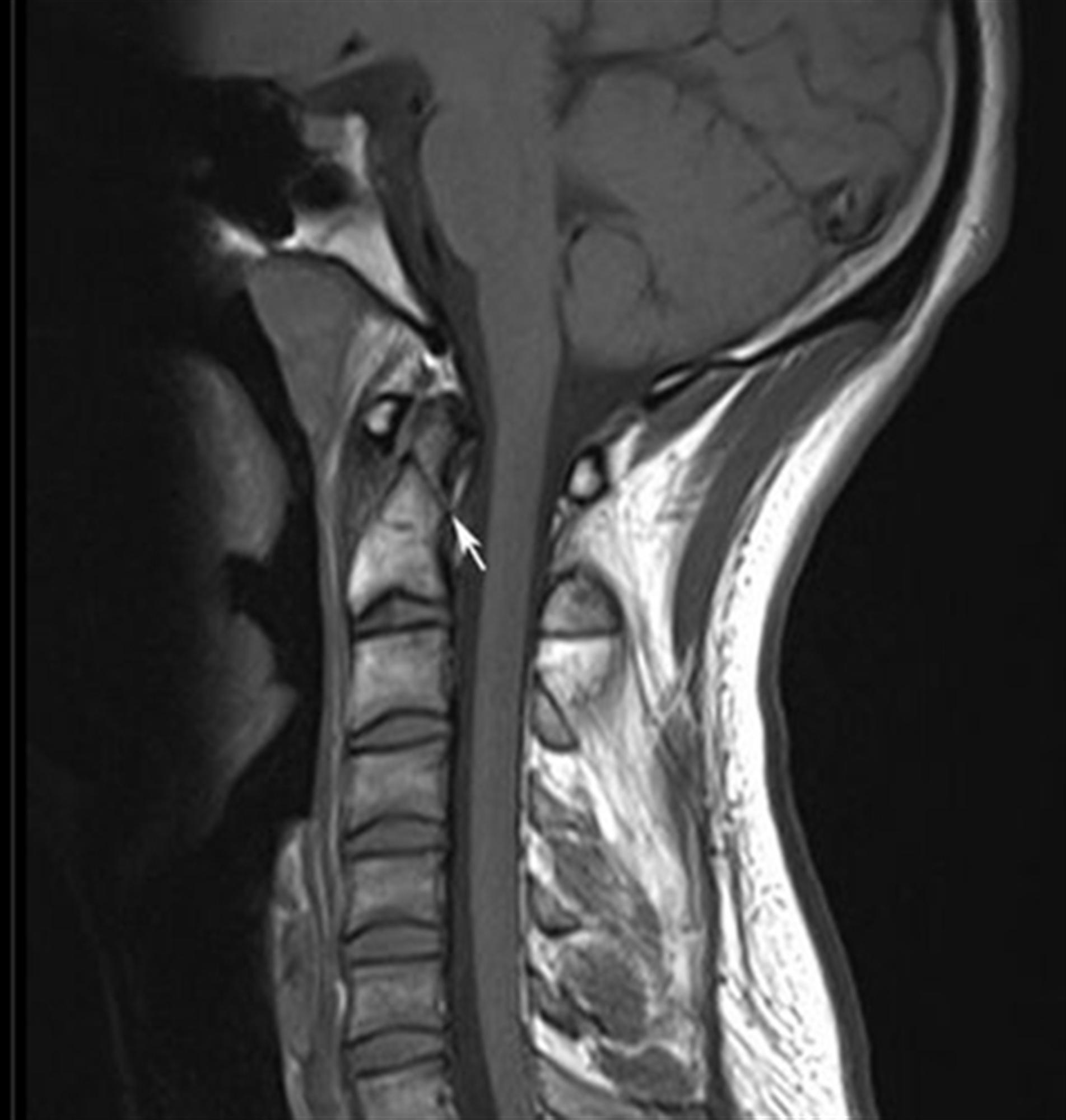
J Neurosurg Sci 60(4):543–555ĭhall SS, Yue JK, Winkler EA, Mummaneni PV, Manley GT, Trapore PE (2017) Morbidity and mortality associated with surgery of traumatic C2 fractures in octogenarians. Eur Spine J 20:1915–1920ĭeng H, Yue JK, Upadhyayula PS, Burke JF, Suen CG, Chan AK, Winkler EA, Dhall SS (2016) Odontoid fractures in the octogenarian: as systematic review and meta-analysis. Osti M, Philipp H, Meusburger B, Benedetto KP (2011) Analysis of failure following anterior screw fixation of type II odondoid fractures in geriatric patients. Harms J, Melcher RP (2001) Posterior C1-C2 fusion with polyaxial screw and rod fixation. Rev Chir Orthop Reparatrice Appar Mot 66(3):183–186 (French) Roy-Camille R, Saillant G, Judet T, de Botton G, Michel G (1980) Factors of severity in the fractures of the odontoid process. Īnderson LD, D’Alonzo RT (1974) Fractures of the odontoid process of the axis. Yuan S, Wei B, Tian Y, Yan J, Xu W, Wang L, Liu X (2018) The comparison of clinical outcome of fresh type II odontoid fracture treatment between anterior cannulated screws fixation and posterior instrumentation of C1-2 without fusion: a retrospective cohort study. Global Spine J 8(1):47–56įaure A, Graillon T, Pesenti S, Tropiano P, Blondel B, Fuentes S (2017) Trends in the surgical management of odontoid fractures in patients above 75 years of age: retrospective study of 70 cases. J Bone Joint Surg Am 98(3):193–198Ĭutler HS, Guzman JZ, Lee NJ, Kothari P, Kim JS, Shin JI, Leven DM, Cho SK (2018) Short-term complications of anterior fixation of odontoid fractures. Joestl J, Lang NW, Tiefenboeck TM, Hajdu S, Platzer P (2016) Management and outcome of dens fracture nonunions in geriatric patients. Perry A, Graffeo CS, Carlstrom LP, Chang W, Mallory GW, Puffer RC, Clarke MJ (2018) Fusion, failure, fatality: long-term outcomes after surgical versus nonoperative management of type II odontoid fracture in octogenarians. Neurosurgery 82(4):419–430Ĭlark S, Nash A, Shasti M, Brown L, Jauregui JJ, Mistretta K, Koh E, Banagan K, Ludwig S, Gelb D (2018) Mortality rates following posterior C1–2 fusion for displaced type II odontoid fractures in octogenarians. Iyer S, Hurlbert RJ, Albert TJ (2018) Management of odontoid fractures in the elderly: a review of the literature and an evidence-based treatment algorithm. Eur Spine J 22(1):1–13Ĭhapman J, Smith SS, Kopjar B, Vaccaro AR, Arnold P, Shaffrey CI, Fehlings MG (2013) The AOSpine North America geriatric odontoid fracture mortality study: a retrospective review of mortality outcomes for operative versus nonoperative treatment of 322 patients with long-term follow-up. Huybregts JGJ, Jacobs WCH, Vleggeert-Lankamp CLAM (2013) The optimal treatment of type II and III odontoid fractures in the elderly: a systematic review. Pseudarthrosis was most frequent in type II and oblique-posterior fractures after conservative treatment. Pseudarthrosis represented the main complication, which increased with age. ConclusionsĪge and comorbidities influenced mortality and medical complication rates most regardless of fracture type and treatment choice. Pseudarthrosis was present in 31.5% of oblique-posterior fractures and in 24.3% after conservative treatment. Neurologic complications occurred in 0.5%, postoperative infections in 2.0%, and implant-related mechanical complications in 10.3% (associated with pseudarthrosis). General medical complications were significantly more frequent > 70 years ( p = 0.021) and after surgical treatment ( p = 0.028). Fracture pattern and treatment type did not influence mortality. The treatment was conservative in 52.5% and surgical in 47.5%. Type II and oblique-posterior fractures were the most frequent patterns. A 1-year follow-up CT was available in 144 patients to evaluate fracture consolidation.

Fractures were classified according to Anderson–D’Alonzo and Roy–Camille on the initial CT. Demographic data, comorbidities, treatment types and complications (general medical, infectious, neurologic, and mechanical), and death were registered within the first year. Out of 204 patients, 60 were ≤ 70 years and 144 were > 70 years.

The purpose was to investigate mortality, complication, and fusion rates in patients with odontoid fracture, depending on age, comorbidities, fracture type, and treatment. The French Society of Spine Surgery (SFCR) conducted a prospective epidemiologic multicenter study.


 0 kommentar(er)
0 kommentar(er)
